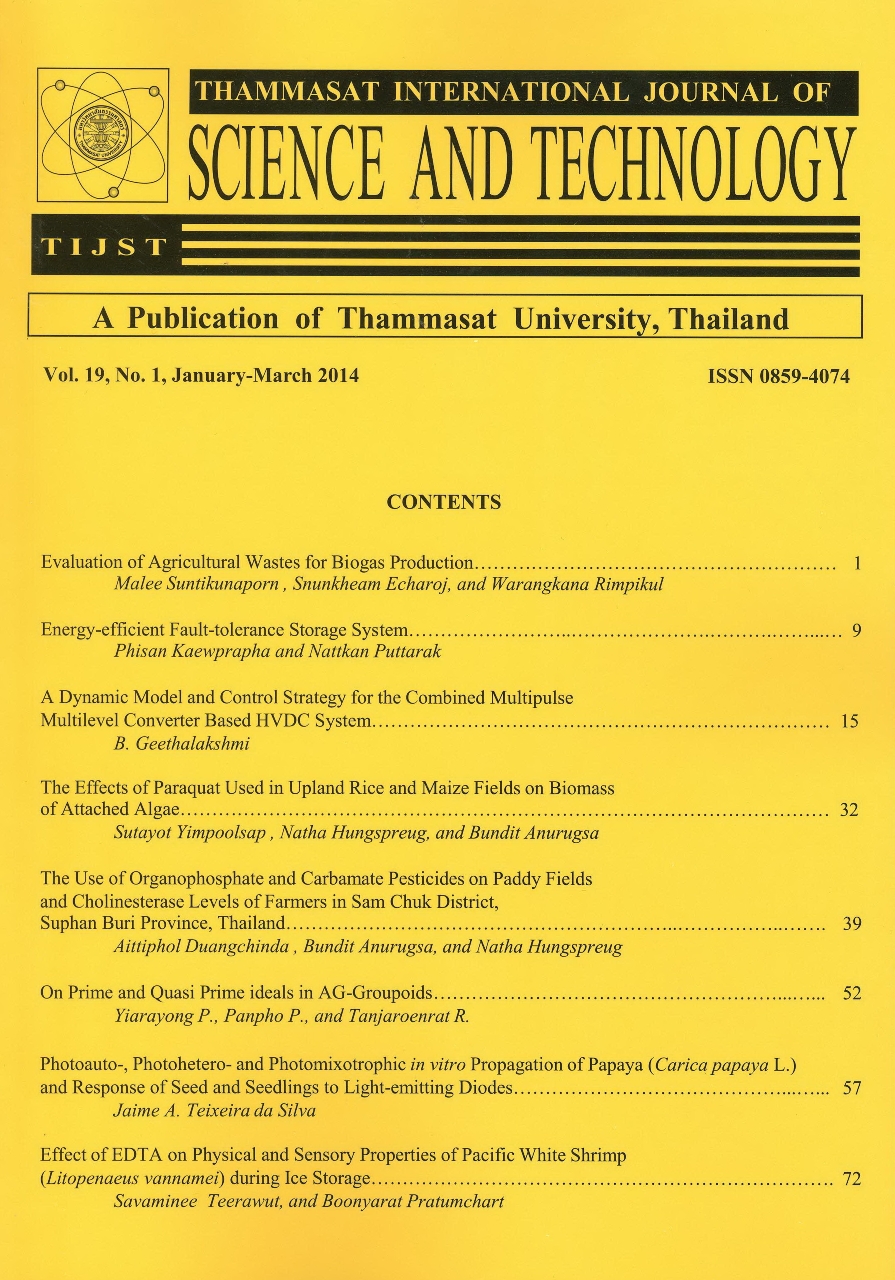A Graphical Robust PID Controller Design for Time-Varying Uncertain Systems with Applications to Trajectory Tracking of a Load-Varying Rigid SCARA
Keywords:
manipulator, robot, stability, robustness, tracking, PID, loading variationAbstract
We proposed in this paper a robust graphical PID controller design technique for trajectory tracking of rigid SCARAs carrying loads with time-varying mass and mass moment of inertia. Because of the time-varying loads and coupled nonlinearities in error dynamics of the tracking control system, the system matrix and the input matrix of the corresponding linearized model about the equilibrium point at the origin were time-varying. Existing robust PID controller design techniques formulated without handling this difficulty were then theoretically lacking. Our controller design technique yielded a 3D graph that could be employed to generate a PID control law that guaranteed input-to-state stability of the resulting control system by using the Lyapunov stability theorem. Simulation results were provided to confirm this. We compared our results with those obtained from using an existing sliding-mode control technique, and constructively drew out relevant characteristics that could be useful for the application of interest.Downloads
Published
2016-06-17
How to Cite
Ngamsom, P. (2016). A Graphical Robust PID Controller Design for Time-Varying Uncertain Systems with Applications to Trajectory Tracking of a Load-Varying Rigid SCARA. Science & Technology Asia, 21(2), 34–44. Retrieved from https://ph02.tci-thaijo.org/index.php/SciTechAsia/article/view/59000
Issue
Section
Engineering








